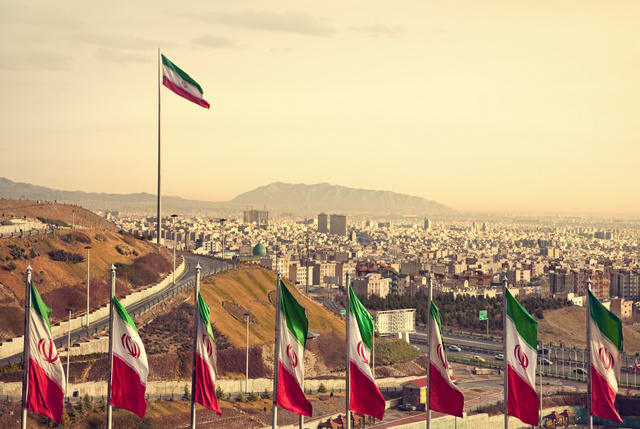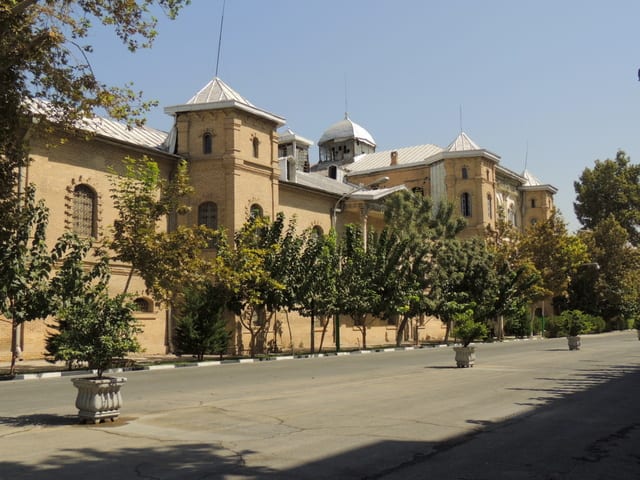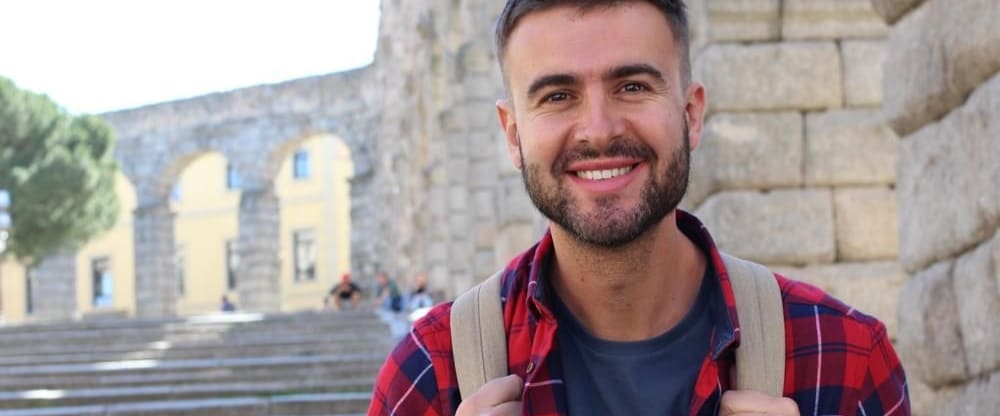Why Iranian Universities Are Attracting More Students
Over the past decade, Iranian higher education system has dramatically reversed in direction. In fact, education today in Iran is rigorously equal opportunity for the nation’s students, with rising potential for international students, as well. Let’s take a closer look at the transformation of Iran’s education system, along with why so many students are heeding the call of this emerging player on the higher education scene.
- Study Abroad


Historically, Iran has been anything but a booming higher education market. Why? Because opportunities were largely limited to an elite subset of rich, connected or academically extraordinary students. Over the past decade, however, this trend has dramatically reversed in direction. In fact, education today in Iran is rigorously equal opportunity for the nation’s students, with rising potential for international students, as well. Let’s take a closer look at the transformation of Iran’s education system, along with why so many students are heeding the call of this emerging player on the higher education scene.
A Look Back
A scant decade ago, a climate of higher education inclusivity in Iran was far from the reality. In fact, nearly 2.5 million high school age students in Iran were not even enrolled in high school, according to The Washington Post. Those who were, meanwhile, were in the right grade less than 50 percent of the time. Given that the university system during that time period accepted a mere 10 percent of applicants, it’s hardly surprising that many students opted out of college for the more attainable labor market.

The 2005 to 2013 administration of President Mahmoud Ahmadinejad saw rapid change. By the conclusion of his term, more than a million university spots were available, largely due to a rise in part-time and distance-learning offerings. Now, according to Washington Post reporter Shervin Malekzadeh, “For the first time in Iran’s modern history, anyone who is willing to pay can go to university.”
A Dynamic Present
According to Malekzadeh, “As participation in post-secondary education has become commonplace, what was once an exception reserved for the extraordinary has become an expectation for all. Universal access to higher education has transformed the experience of going to university and those who attend, into the ordinary.”
In particular, the rapid expansion of two schools alone -- the public Payame Noor University (PNU) and the private Payame Noor University (PNU) -- has had a transformative effect on Iran’s higher education landscape: Both universities currently enroll more than a million students each.
The opening of these doors is particularly relevant at a time when Iran’s population is remarkably young. Of its 80.8 million people, 24 percent are between the ages of zero and 14, 19 percent are between the ages of 15 and 24, and 46 percent are between the ages of 25 and 54. The 55 and over set, meanwhile, make up just 11.5 percent of the country’s population.

Couple the ripeness of the population with growing opportunities, and university enrollments reached a record-high of 4.4 million in 2014. It follows that demand for advanced studies is also expected to climb in the near future.
And while there are some growing pains associated with this kind of meteoric growth, the majority of Iranians now not only see the value of a degree, but also see it within their own reach. In fact, Iranian parents fork over more than $3 billion annual for higher education for their kids -- opportunities they themselves most likely never had.
In fact, according to a brief from Brandeis University’s Nader Habibi, Iran is producing university graduates at a faster rate than any other Middle Eastern country. Equally as noteworthy? The majority -- a full 60 percent -- are women.
The International Scene
But interest in the Iranian higher education system is not just limited to Iranians thanks to President Hassan Rouhani’s favorable viewpoint of international mobility. Not only has Rouhani lifted several restrictions while supporting international academic collaboration, but the easing of sanctions is now allowing American and Iranian colleges to partner with each other.
Last summer, the Institute of International Education (IIE) sent a delegate of U.S. representatives to visit Iran’s universities and research centers. Said IIE CEO and president Allan E. Goodman, “One by one, there is already since President Rouhani’s election a flow of academic exchange that hasn’t existed for 30 years.” Goodman went on to say that with faculty members already commencing travel to Iran, it’s only a matter of time before opportunities for students also arise.

Outbound exchange is also picking up after the past decade of economic and diplomatic sanctions. Today, estimates put the number of Iranians studying abroad somewhere between 50,000 and 80,000, with Europe, the UK and the US in particular demand, according to a report from TK Danesh Institute Managing Director Soheyl M. Ahmadi. At the Master’s and Ph.D. levels, meanwhile, Malaysia claimed the top destination spot, followed by the US, Canada, Germany and the UK.
While Iran is well on its way to achieving its official goal of having 60 percent of its college-age population enrolled in some kind of higher education by 2025, the potential impact is far from limited to domestic outcomes. Between its expanded capacity, ongoing demand, and new global perspective, Iran is well-positioned to take on a greater role in international markets in the years ahead.

Joanna Hughes
Author
Joanna worked in higher education administration for many years at a leading research institution before becoming a full-time freelance writer. She lives in the beautiful White Mountains region of New Hampshire with her family.


